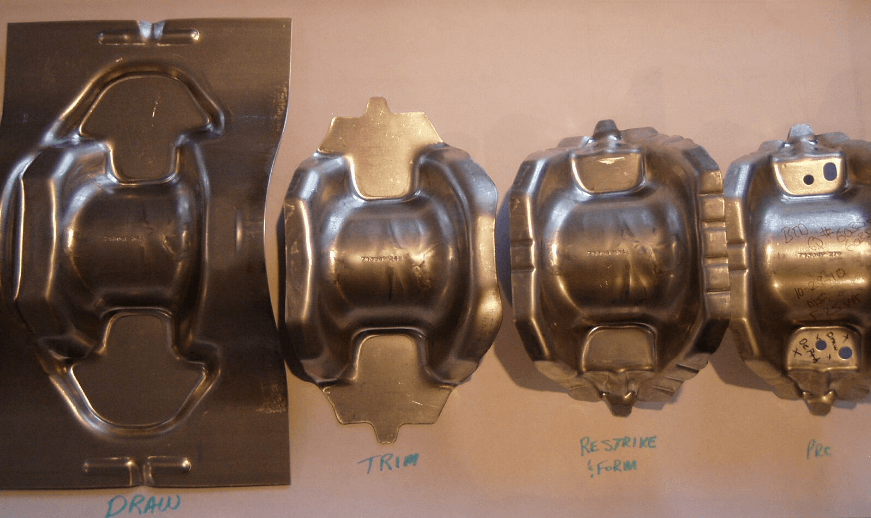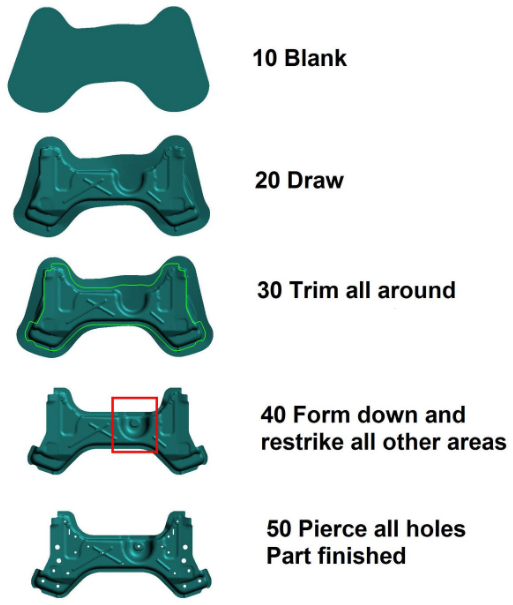Eliminating Unacceptable Design Flaws with a Custom Forming Process
Wrinkles, splits, and other unacceptable design flaws can set back projects for months on end. However, thanks to simulation technology, you can now determine the best way to manufacture a part quickly and affordably. We will discuss how simulations can be used to determine custom forming processes, which in turn can help eliminate unacceptable design flaws that improve overall product quality.
Defining a successful sheet metal forming process is sometimes described as a “black art” that is somehow mysterious and based on luck and a lot of experience….only the oldest tool maker or tool designer knows how this part can be made! That’s how it was—until simulation technology came along in the late 1990s, became mature in the 2000s, and then developed into the accurate and reliable software in the present day.
But did simulation technology replace knowledge and experience? No. Simulation technology is a powerful tool in the hands of anyone trained in sheet metal forming and computing. Just like a hammer in a toolbox, it can be a destructive weapon or a very useful tool for building. Typically, the best simulation technicians are those who have toolmaking experience or work very closely with the skilled toolmakers on the shop floor.
This is not to say that simulation technology can’t be used by someone new in the industry. In fact, with the correct training and access to the shop floor to witness and experience real-world results, a beginner in the field of sheet metal tool design can learn and gain experience faster with simulation compared to a toolmaker who has never used simulation. Because simulation accurately finds and represents defects such as wrinkles and splits, in a matter of hours (not days or weeks), an engineer using simulation can run 100s if not 1000s of simulations in a sheet metal forming career. A tool designer without simulation may experience just 100 or so complete tools in the same time period and will spend their early days learning what works via shop floor trial and error.
Splits and wrinkles occurring in the real world may take weeks or months to correct…or may never be corrected at all! Splits or wrinkles found in simulation can be corrected within hours, and they never make it the shop floor.

Was this process designed with simulation? OR by trial and error?
So how does simulation determine a successful forming process? It doesn’t. The tool designer uses simulation to check the design over and over and over in a matter of hours to determine which custom forming method will be successful. Only the successful simulation result makes it into the tool design.

This process was designed using simulation
Learn More
Here at StampingSimulation, we investigate, design, and optimize sheet metal forming process plans for any sheet metal product. We provide AutoForm sheet metal forming simulation services, with experienced tooling engineers on hand to discuss your tooling project in every detail. To learn more about how we can help you with your sheet metal forming process, contact us today.
